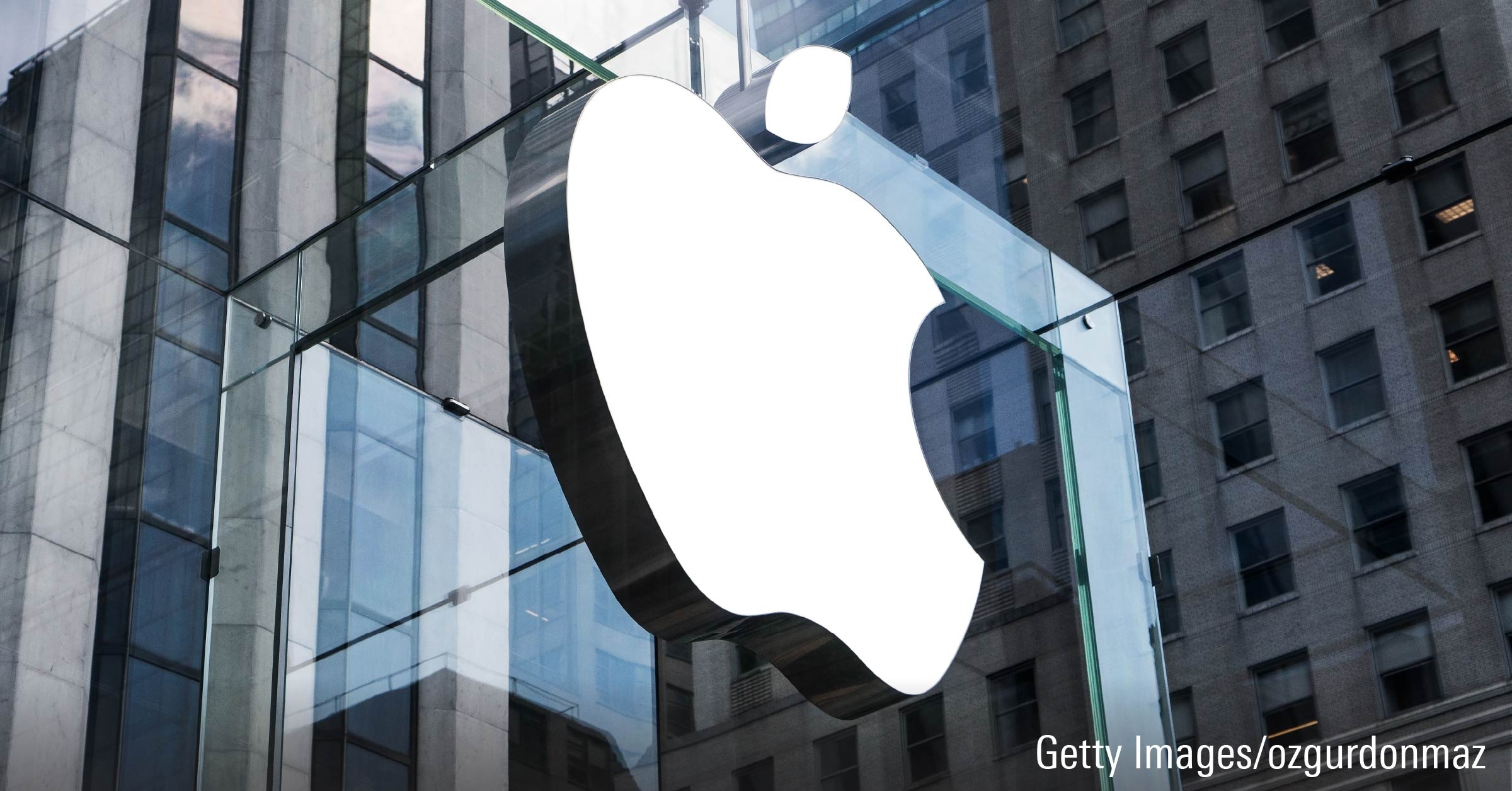
In part 1 of this article, we looked at how the emerging markets have changed over time. In part 2, we are going to look at what the future might hold.
What the Future Might Hold
While the makeup of the universe of emerging-markets stocks will inevitably continue to evolve, it is impossible to say what it will look like 10 years from now. That’s precisely why many investors choose to invest in this market segment using a broad, market-cap-weighted index fund. However, if history is any guide, it’s safe to say that country membership and the level of access to previously closed markets will remain in flux.
For example, in 2017 as part of its annual market classification review, MSCI announced that it would begin to include China A-shares in the MSCI Emerging Markets and MSCI All Country World indexes. MSCI’s decision, which followed FTSE Russell’s 2015 launch of China A-shares inclusion indexes, recognized the significant strides China had made toward opening its capital markets to foreign investors in recent years. Fast forward to the end of 2020, and MSCI had made four steps down the path toward full China A-shares inclusion in its mainline benchmarks, and China A-shares represented 4.3% of iShares Core MSCI Emerging Markets ETF’s (IEMG) portfolio. Ultimately, these moves will bring China’s standing in equity indexes more in line with the true footprint of the nation’s capital markets and its economy at large.
Also of note is the fact that both MSCI and FTSE Russell include Saudi Arabia in their emerging-markets benchmarks. MSCI completed this in 2019, adding Saudi stocks in a two-step process, while FTSE Russell completed its more gradual, six-step inclusion process in mid-2020. Further opening of the kingdom’s capital markets and the potential for additional share issuance by Saudi Aramco--whose 2019 initial public offering fell flat--could have a significant effect on the character of the pool of emerging-markets stocks.
Implications for Portfolio Construction
Per MSCI’s definition, emerging-markets stocks represent about 7% of a globally diversified 60/40 stock/ bond portfolio, at market weight. These stocks’ potential contribution to long-term returns is clear but will likely come at the expense of pronounced volatility. As is the case with international stocks more broadly, the prospective diversification benefits of an allocation to emerging-markets stocks may be limited and could even wane with time.
Exhibit 4 shows the rolling three-year correlation between the MSCI Emerging Markets, MSCI World, and S&P 500. As you can see, the level of correlation between developing- and developed-markets stocks has generally been high over the past two decades. This could be attributable to a number of factors.

More widespread recognition of the group as a distinct asset class and greater investment--particularly by foreign investors--could be partly to blame. Simultaneously, the degree to which these countries have become integrated in the broader global economy has unquestionably increased. To the extent that these nations’ prospects have forged stronger ties to those of more advanced economies, the greater degree of co-movement among their stock markets makes sense.
In addition, growth in emerging markets has been a boon for many global firms that have stocks trading on developed-markets exchanges. The MSCI USA with EM Exposure Index selects constituents from the MSCI USA Index and weights them on the basis of the proportion of their revenue derived from emerging-markets countries. The benchmark’s largest holding is Apple (AAPL), which received a 23.78% weighting as of the end of 2020. This underscores the degree of connectivity between emerging and developed markets. It is unlikely this interdependence will diminish anytime soon. As such, it could mean that the correlation between emerging and developed markets will remain elevated, become less volatile, and may even increase. That would diminish the prospective diversification benefits of an allocation to emerging-markets stocks from the perspective of a U.S. investor.
Key Takeaways
1. Emerging markets are dynamic by definition. The makeup of this group will continue to evolve as these nations continue to either climb or fall off the economic development ladder.
2. Expect a bumpy ride. These countries’ progress will be lumpy and their stock markets’ returns lumpier still. As always, reaping the prospective rewards of an allocation to emerging-markets stocks hinges on investors’ ability to buckle up and sit tight.
3. Diversification benefits may dwindle. To the extent that emerging markets continue to integrate into the global economy, they may move in lockstep with their developed-markets counterparts.
Disclosure: Morningstar, Inc. licenses indexes to financial institutions as the tracking indexes for investable products, such as exchange-traded funds, sponsored by the financial institution. The license fee for such use is paid by the sponsoring financial institution based mainly on the total assets of the investable product. Please click here for a list of investable products that track or have tracked a Morningstar index. Neither Morningstar, Inc. nor its investment management division markets, sells, or makes any representations regarding the advisability of investing in any investable product that tracks a Morningstar index.
(IEMG)











.png)










